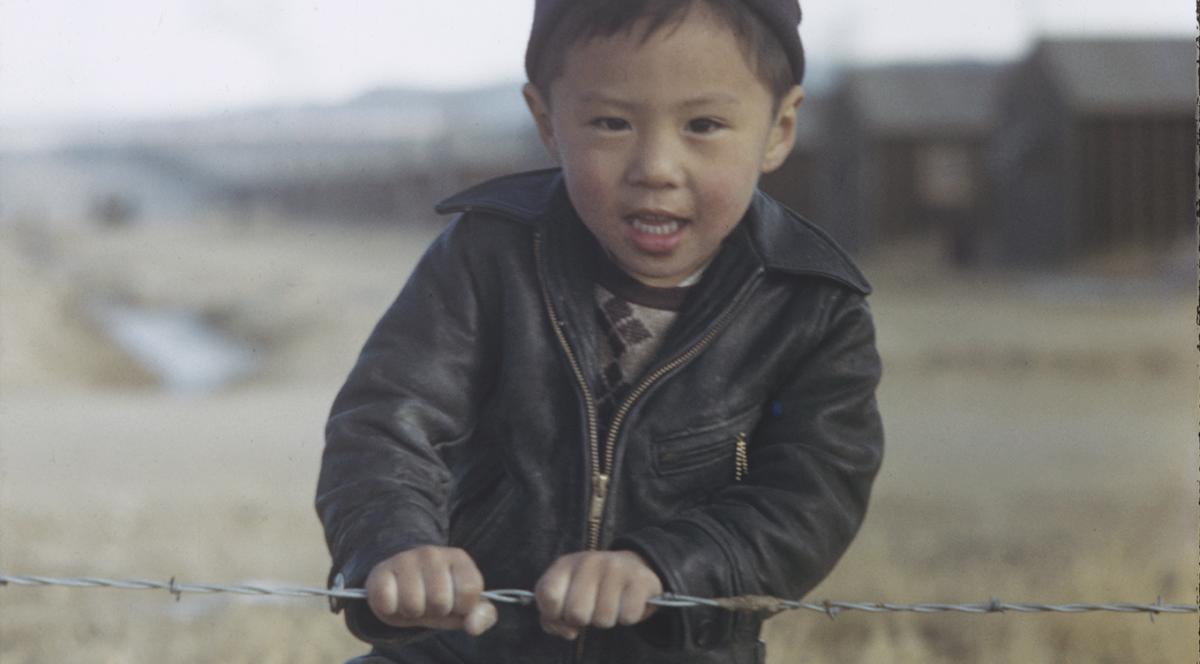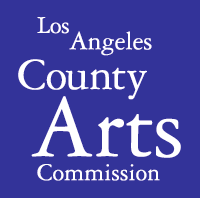

SPECIAL ENGAGEMENT
Colors of Confinement presents 18 rare Kodachrome photographs taken by Bill Manbo during his incarceration at the Heart Mountain concentration camp in Wyoming in 1943 and 1944. It shatters preconceptions about this episode of injustice by showing it to us in vivid and beautiful color.
Manbo was ahead of his time—while others were shooting in black-and-white, he shot in Kodachrome, a technology then in its infancy. The images are a paradox: vibrant, gorgeous photographs of a bleak historical episode.
Colors of Confinement jars settled understandings of Japanese American incarceration. The images are not only beautiful, they show imprisoned Japanese Americans engaging in both culturally Japanese and culturally American activities, thus expanding many viewers’ appreciation of the range of cultural practices that were common in the camps. Their brilliant color also strips away the sense that these are “historical” photographs; the pictured events look as though they could be happening today. While the images allow greater emotional connection with the pictured subjects than many black-and-white photographs do, they also interrogate and complicate viewers’ common assumptions about the nature of life behind barbed wire.
Read an interview with curator Eric Muller on Discover Nikkei. Read Now
This is a carousel. This section contains multiple slides with links to event related exhibitions. Use the left and right arrow buttons to navigate.

